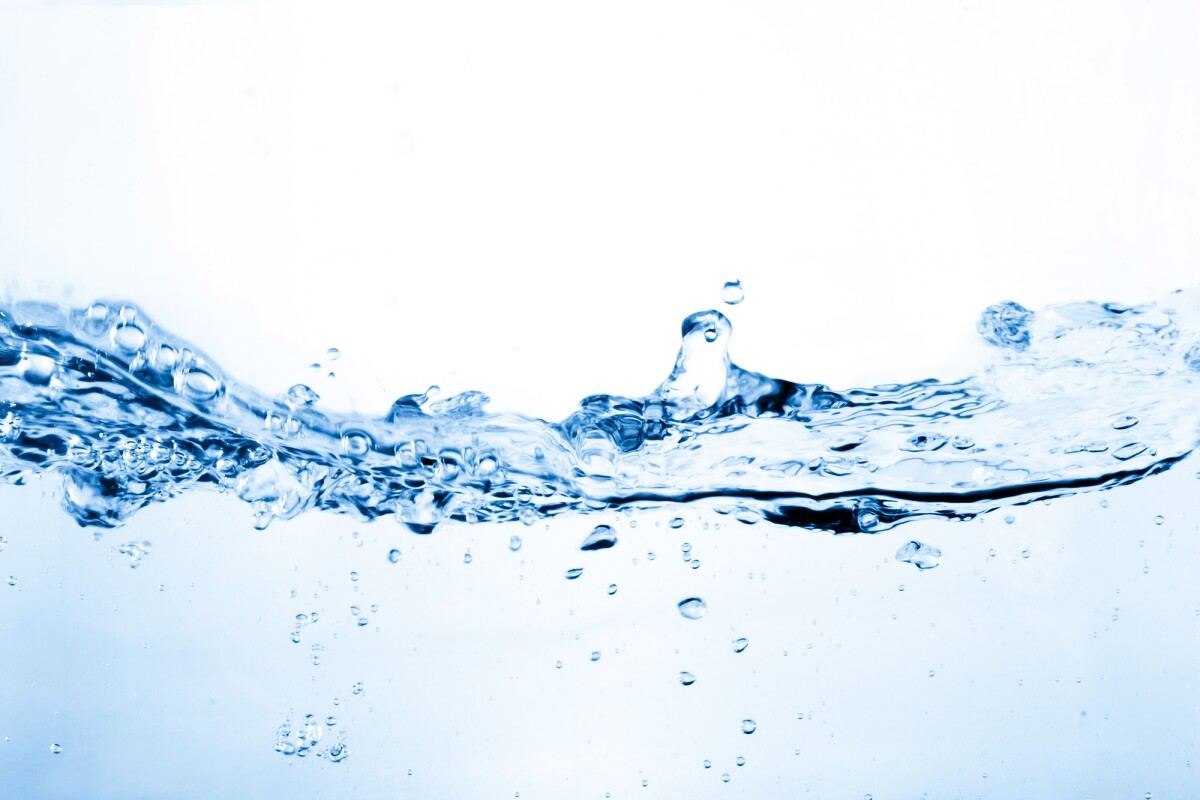
Well yes, this should do the job. I would expect tnis to be part of our normal sand filtration systems that we use anyway. It should also work for decades as well as the lodged particles will merely add to the filtration process.
In time, the filtration layer can be cooked in order to degrade hte plastic content that has not been biologically degraded.
The important take home is that our water systems are actually up to the job of nano particle removal.
So also is our digestive system but then leave that alone for now.
Slow sand filter cleans 99.9 percent of nanoplastics from drinking water
By Nick Lavars
Researchers have found a biologically active slow sand filter as the most effective way to remove nanoplastics from drinking water
https://newatlas.com/environment/slow-sand-filter-nanoplastics-drinking-water/
Today's filtration technologies do a wonderful job of producing potable water, but the spread of plastic waste throughout the environment means there are new threats to contend with. A new study has investigated the performance of different techniques when it comes to removing nanoplastics from water, and shown that biologically active systems known as slow sand filters can remove the tiny particles with 99.9 percent efficacy.
As the even smaller sibling of already troubling microplastics, nanoparticles have come into focus as a big problem as scientists deepen our understanding of plastic pollution. Where microplastics that measure less than 5 mm (0.2 in) are notoriously difficult to track and threaten the livelihood of organisms such as marine life, it is becoming clear that nanoplastics might pose their own unique set of problems.
Measured in mere nanometers, studies have shown these tiny traces of plastic have the capacity to stunt plant growth and trigger death and swimming abnormalities in shrimp and fish. Scientists consider plastic particles measuring between 1 nanometer and 20 micrometers to be respirable, while fruit fly experiments suggest they may alter gene expression associated with stress response and oxidative damage.
While many questions remain over the effects of nanoplastics on the human body, there is no doubt that preventing them from entering at all would be the best-case scenario. To explore the possibilities in this area, scientists at the Swiss Federal Institute of Aquatic Science and Technology (Eawag) set out to study how effectively different treatment processes can eliminate nanoplastics from drinking water.
A filtration column at the Swiss Federal Institute of Aquatic Science and Technology
Eawag
The team's experiments involved testing of three techniques; activated carbon filtration; ozonation, where ozone is chemically infused into water to treat and disinfect it; and slow sand filtration. This last technique involves an ecosystem that includes a gravel layer, sand, and a biologically active layer on the surface that includes worms and bacteria. These form a biofilm that carries out most of the decontamination.
Nanoplastic particles were tagged with the chemical element palladium and added to untreated water in considerable quantities, enabling their journey through water treatment process to be tracked with a mass spectrometer. Of the techniques studied, the team found slow sand filtration "dominated" removal of the nanoplastic particles, successfully eliminating them with an efficacy of 99.9 percent.
Based on their results, the team says that this filtration method would be effective at removing high levels of nanoplastics for extended periods of time, though the top few centimeters of sand would need to be removed to prevent clogging of the biofilm.

No comments:
Post a Comment